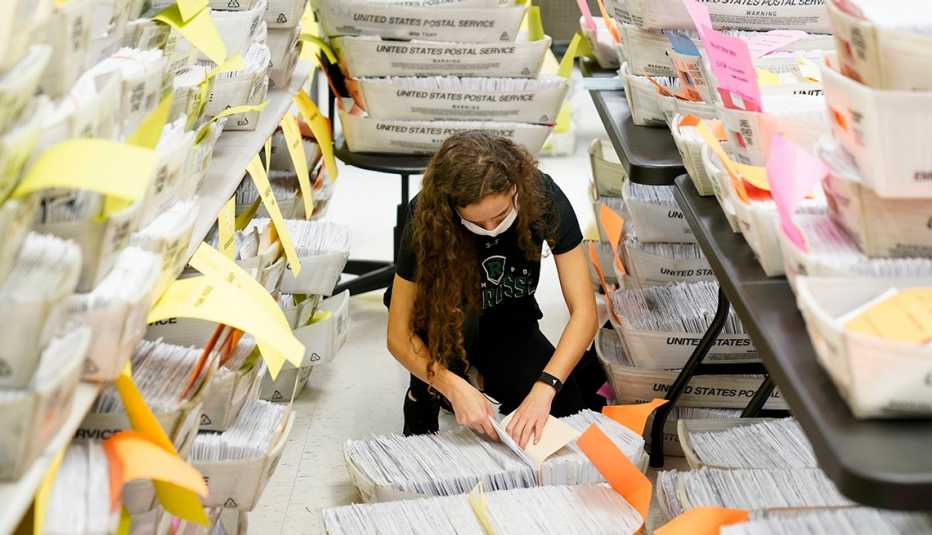Staying Fit


As you settle in to follow the election returns Tuesday night you may be wondering why you're seeing results from some states soon after the polls close but vote totals are coming in much slower in others.
That's because what many people don't realize is that every state has its own rules governing how votes are counted — and when. In some states the procedures and timing for tabulating ballots even vary from county to county.


AARP Membership— $12 for your first year when you sign up for Automatic Renewal
Get instant access to members-only products and hundreds of discounts, a free second membership, and a subscription to AARP the Magazine.


Where does you ballot go?
What happens after you put your ballot in the drop box or send it to your board of elections via U.S. mail varies by state. But here are the steps virtually all election officials take:
1. Once your ballot is received, an election worker reviews it to make sure it is from a legitimately registered voter.
2. The official ballot is removed from the outer envelope and the envelope is set aside.
3. An election worker checks to make sure your signature matches the signature that the election board has on file — usually your signature when you registered to vote.
4. The most common reason a ballot is rejected is because the signatures don't match. In some states there's an option for election officials to “cure” a ballot. That means they can contact a voter and ask them to come to the office and verify who they are.
5. In some states an acceptable ballot is then scanned into a machine. Other states don't scan the ballots until Election Day.
6. On Election Day the scanned-in ballots are tallied and the vote totals are released.
During most elections this isn't a big deal and it's not unusual to have to wait until late into the night — or into the following days — for some states to report all their votes. But like much of life in 2020, the COVID-19 pandemic has made this election more complicated, mainly because millions and millions of voters have decided not to vote in person on Election Day. Instead, they are either mailing in their ballot or going to an early voting polling place to cast their ballot before Nov. 3.
As of Thursday, just five days before Election Day, 73.3 million votes have already been cast either in person through early voting or via ballots mailed or put in drop boxes across the country. That's 53 percent of the total votes cast in the 2016 presidential election.
"We're likely to have fairly complete results on election night in the many states where they can start processing and counting mail ballots early, such as Arizona, Florida and North Carolina,” says Larry Norden, director of the Election Reform Program at the nonpartisan Brennan Center for Justice. “Most importantly, people should understand that if election officials are doing their jobs, they will put accuracy ahead of speed. We all should want that."
Here's a look at how voting-counting varies from state to state. To find out the rules in your state, go to your state or local elections office.

































































More on politics-society
This Year, Your Vote Is More Important Than Ever
The coronavirus pandemic makes voting more difficult — and more essential
COVID-19 Threatens Voting in Nursing Homes as Election Approaches
The pandemic is making it harder for more than a million residents to cast ballotsCDC Issues Health and Safety Guidelines for Voters, Poll Workers
Preventive measures and voting options top the list